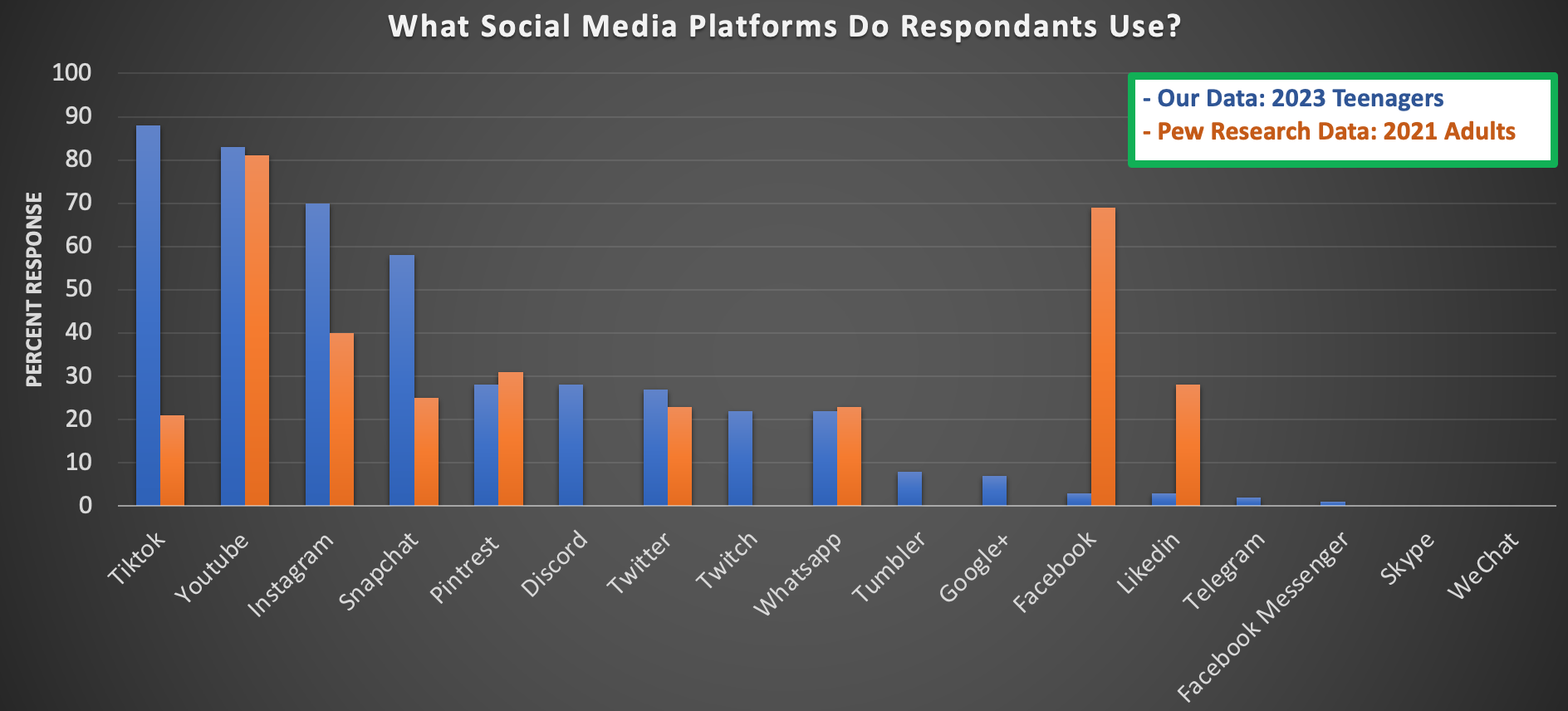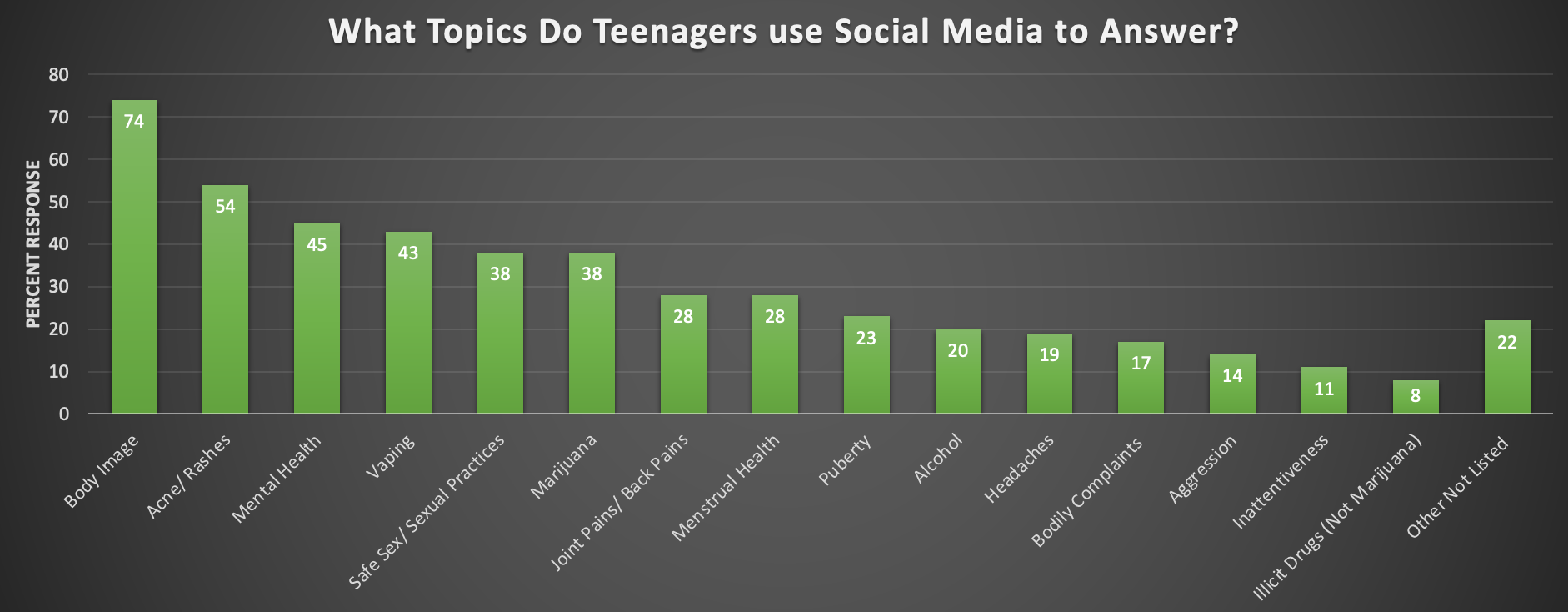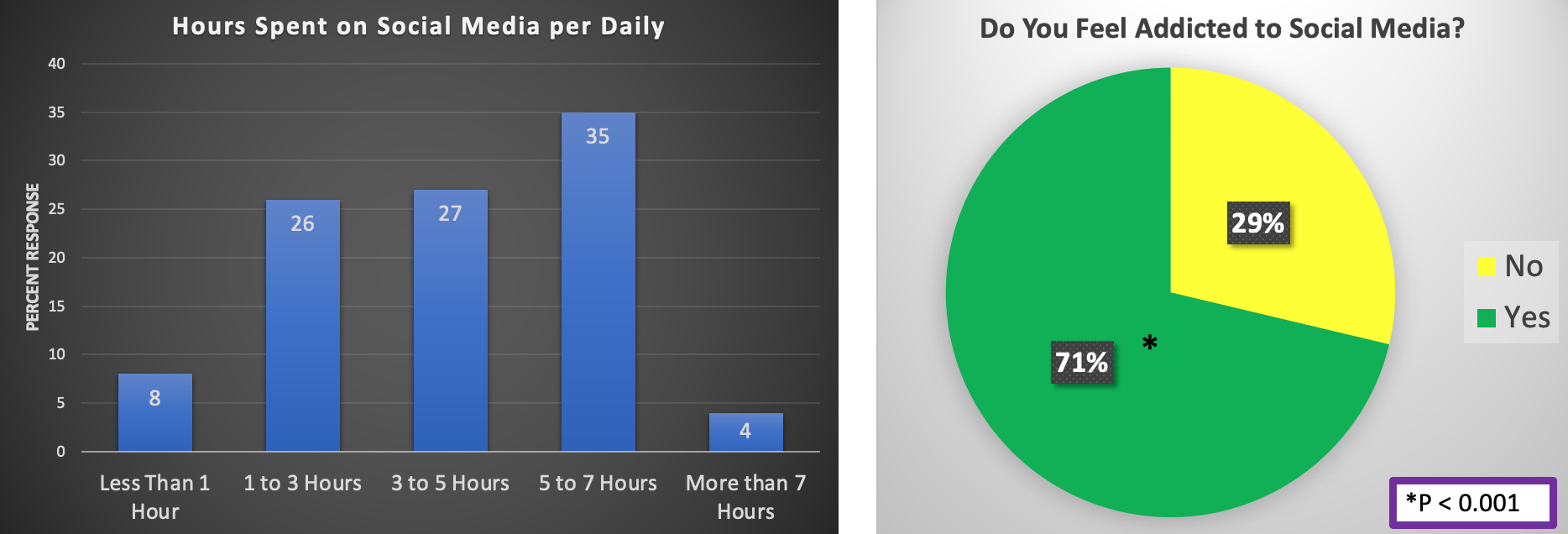Technology
Session: Technology 1
178 - What is the Current and Potential Role of Social Media on the Healthcare Decisions of Teenagers?
Sunday, May 5, 2024
3:30 PM - 6:00 PM ET
Poster Number: 178
Publication Number: 178.1702
Publication Number: 178.1702

Yash D. Shah, MD (he/him/his)
Resident
The Children's Hospital at Saint Peter's University Hospital
Old Bridge, New Jersey, United States
Presenting Author(s)
Background: 2023 emphaized a focus on protecting children online especially after congressional testimony by TikTok’s CEO. Social media use increased over the past decade; 72% of adults use these platforms (up from 5% in 2005). Marar et al (2019) found that adults use social media to research health information; Bujnowska-Fedak & Wegierek (2020) found that 45% of adult participants made appointments with their physicians to discuss medical findings found online; Plaisime et al (2020) found that 66.7-91.7% of teens reported health seeking behaviors on social media. Due to social media’s prevalence, it is important to investigate social media’s role in teenage healthcare.
Objective: (1) Determine what social media platforms are popular amongst teenagers and is this similar to adult data; (2) Determine if teenagers use social media as a tool to answer health-related questions; (3) Determine if teenagers are likely to make lifestyle changes based on information from social media; (4) Gauge how teenagers view pediatricians’ and hospitals’ use of social media.
Design/Methods: We created a survey and distributed it to 12-18 year olds from April-May 2023 (ongoing) seeking care at the Saint Peter’s University Hospital inpatient and outpatient units. The survey inquired about demographic information, social media use, health seeking behaviors, and teen relationship with pediatricians. Exclusion criteria included those outside the above age range, and those admitted to the PICU at time of distribution. This is a descriptive statistical analysis, and chi square testing was used when appropriate.
Results: 100 teenagers participated in this study. TikTok (88%) and YouTube (83%) are the top 2 most popular platforms. 66% spend over 3 hours a day on social media; 71% feel addicted to social media (P < 0.001). 74% turn to parents to answer health related questions, followed by social media (70%), and doctors (58%). 76% use social media for health seeking behaviors (P < 0.001). Top health categories researched are: body image (74%), acne (54%), & mental health (45%). 78% are likely to make lifestyle changes due to social media; 78% believe pediatricians do a good job at utilizing social media; 46% believe hospital systems do a good job at using social media.
Conclusion(s): This study highlights the growing role social media plays on teenage healthcare decisions. Social media platforms, such as TikTok and Instagram, are quickly replacing physicians as a resource for health seeking behaviors. Physicians must be aware of these changes and talk with teenage patients about the effect of social media on their lives.



